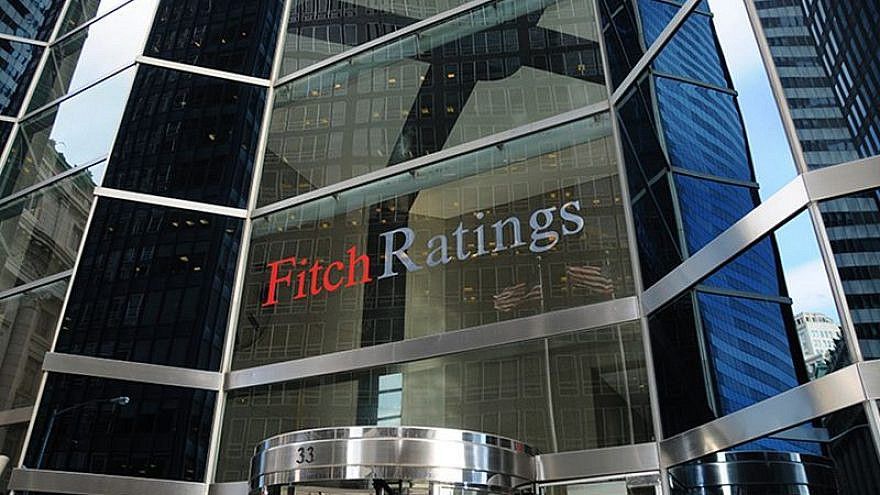Former treasury secretary Larry Summers says downgrade when economy is looking stronger than expected is “bizarre and inept”.
Former treasury secretary Larry Summers says downgrade when economy is looking stronger than expected is “bizarre and inept”.

Rating agency Fitch dropped a bombshell late Tuesday, leaving analysts and economists confused. Even as the U.S. economy is chugging along nicely despite the encircling uncertainties, the firm downgraded U.S.’s long-term rating from “AAA” to “AA+.”
The firm, however, removed the “rating watch negative” assigned a “stable outlook” and reaffirmed the country ceiling to “AAA.”
Reacting to the downgrade, former Treasury Secretary Larry Summers said Fitch’s decision to downgrade the U.S. at a time the economy is looking stronger than expected is “bizarre and inept.”

Summers, however, conceded that the country is facing serious long-run fiscal challenges.

Noted economist Mohamed El-Erian said he sees Fitch’s action as strange. “I am very puzzled by many aspects of the announcement, as well as by the timing,” he said. The economist, however, does not see the announcement as affecting the economy in the long run.
“Overall, this announcement is much more likely to be dismissed than have a lasting disruptive impact on the U.S.,” he said.
Explaining the rationale behind the move, Fitch said in a statement that the downgrade reflected its view that the fiscal deficit will likely deteriorate over the next three years. It also attributed the action to the erosion of governance relative to other countries having similar or better ratings, over the last two decades. This manifested in repeated debt limit standoffs and last-minute resolutions, it added.

Fitch may not be way off the mark in its criticism of the U.S. economy. Kobeissi Letter, a global market commentator, said on its Twitter handle that the downgrade of the U.S. credit rating will likely bring attention to the unsustainable debt levels of the country.
The total U.S. debt levels will likely rise from 98% of GDP in 2023 to 118% of the GDP in 2033 and this percentage will spike further to an alarming 195% by 2053, it noted.

After a lot of back-and-forth wrangling over a potential default by the U.S., the Biden administration struck a deal with the Republicans in late May to suspend the $31.4 trillion debt ceiling until Jan. 1, 2025. The inevitable risk has not been mitigated but only pushed back.
Fitch’s move will likely have at least a psychological impact on the stock market in the immediate near term. At last check, the major stock futures traded moderately lower.

Nasdaq futures fell 0.61% and S&P 500 futures declined 0.45% on Wednesday. The SPDR S&P 500 ETF Trust (NYSE:SPY), an exchange-traded fund that tracks the performance of the S&P 500 Index, slipped 0.32% to $455.02 in after-hours trading on Tuesday and the Invesco QQQ Trust (NASDAQ:QQQ), which tracks the Nasdaq 100 Index, pulled back a steeper 0.40%.
© 2023 Zenger News.com. Zenger News does not provide investment advice. All rights reserved.
Produced in association with Benzinga
Edited by Arnab Nandy

